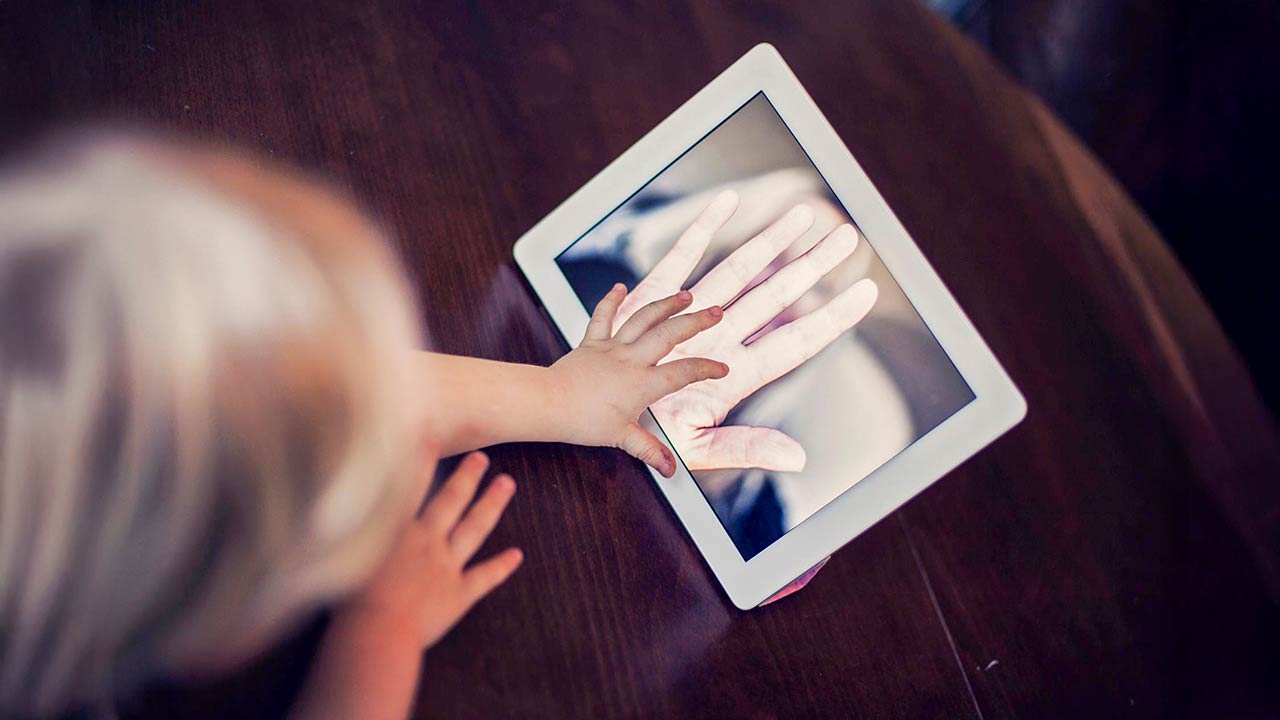Advanced digital empathy: when technology learns to care
We live in a time when being close doesn't always require physical presence. Technology, and the experiences accelerated in recent years, have shown us that it's possible to stay connected even at a distance.
When it comes to health, every second counts — but so does every silence, every change in routine, and every overlooked gesture. Whether we realize it or not, we're constantly generating data around the clock.
This leads us to ask: what if technology could listen to and interpret what often goes unspoken, but is still being communicated?
Technology has shown us that it's possible to stay connected even at a distance.
We already know that the combination of IoT, Artificial Intelligence and advanced connectivity enables the development of devices and platforms that not only learn reactively, but also detect, analyze and, above all, proactively anticipate our body's reactions when we need it most.
What is advanced digital empathy?
It is precisely within this context that a new concept emerges: advanced digital empathy. A mindset that goes beyond simple monitoring, aiming for technology that can truly understand the human context, the emotions and values behind each data point.
The future won't rely solely on sensors or algorithms, but on the ability to interpret information with purpose and sensitivity. We must embrace an ethical approach to algorithms that turns technology into an ally in achieving full wellbeing.
This capability is not meant to replace the human side of care, but to enhance it, helping those in need receive assistance more quickly, flexibly and in a more personalised way.
Advanced digital empathy aspires to technology capable of understanding the human context, emotions and values behind each data point.
Back to the present, what are the challenges we face as a society to reach this level of digital empathy?
- Aging population and chronic illnesses: people are living longer, which increases the risk of deterioration, dependency and avoidable emergencies.
- Unwanted loneliness: it’s not just about being alone, but feeling disconnected, invisible or lacking emotional support. Many feel safest at home, but that comfort can inadvertently lead to social isolation.
- Access barriers and long waiting times: what’s missing is often not just healthcare, but emotional support, wellbeing monitoring and early intervention from professionals.
- Overburdened healthcare systems: saturated hospitals, unnecessary travel, wasted resources. We need efficiency and prevention, not just treatment.
Technology in service of human care
In order for these devices to truly listen and deliver meaningful care, they must rely on other areas so everything adds up and makes sense. These include:
- Reliable sensors and coverage: devices must capture the right data (movement, vital signs, physiological changes, routines), and networks (5G, NB-IoT, LTE-M, etc.) must ensure constant connectivity.
Telefónica Tech provides managed IoT connectivity and platforms like Kite that support these technologies. - Real-time processing and artificial intelligence: AI must be able to detect anomalies based on the right thresholds, adjusted individually and tailored to each person.
- Integration with professionals and human caregivers: devices can alert, suggest, accompany, but care must involve people: doctors, nurses, family members.
Telefónica Tech’s eHealth platforms work on interoperability so all parties can access data, respond and take action as quickly as possible. - Privacy, consent and usability: digital empathy requires ethics, that means transparency about what’s collected, how it’s used and who has access.
The real value emerges when technology, people and data come together as a whole in service of human care.
Challenges ahead for real digital empathy
For technology to understand, accompany and care for people, we need more than just innovation. We must also overcome social, regulatory and human challenges that still shape the pace of change.
That’s why, despite major technological progress, there are still several barriers we need to overcome together in order to achieve true advanced digital empathy.
- Healthcare and legal regulation: medical devices are subject to strict regulations, especially those used for diagnostics. Certification and standards must be ensured, and regulation must be agile and balanced.
- Digital divide: unequal access to devices, inconsistent usability, lack of technological familiarity.
- Human-centered immersion: empowering both patients and caregivers, avoiding the imposition of technology.
Advanced digital empathy is not science fiction, it’s the convergence of technology, humanity and a shared purpose.
At Telefónica Tech, we’re already proving that devices capable of listening can make a difference for those who need it most. It’s not about replacing human care, but about amplifying and enhancing it.
Advanced digital empathy is the convergence of technology, humanity and a shared purpose.
 Hybrid Cloud
Hybrid Cloud Cyber Security & NaaS
Cyber Security & NaaS AI & Data
AI & Data IoT & Connectivity
IoT & Connectivity Business Applications
Business Applications Intelligent Workplace
Intelligent Workplace Consulting & Professional Services
Consulting & Professional Services Small Medium Enterprise
Small Medium Enterprise Health and Social Care
Health and Social Care Industry
Industry Retail
Retail Tourism and Leisure
Tourism and Leisure Transport & Logistics
Transport & Logistics Energy & Utilities
Energy & Utilities Banking and Finance
Banking and Finance Sports
Sports Smart Cities
Smart Cities





